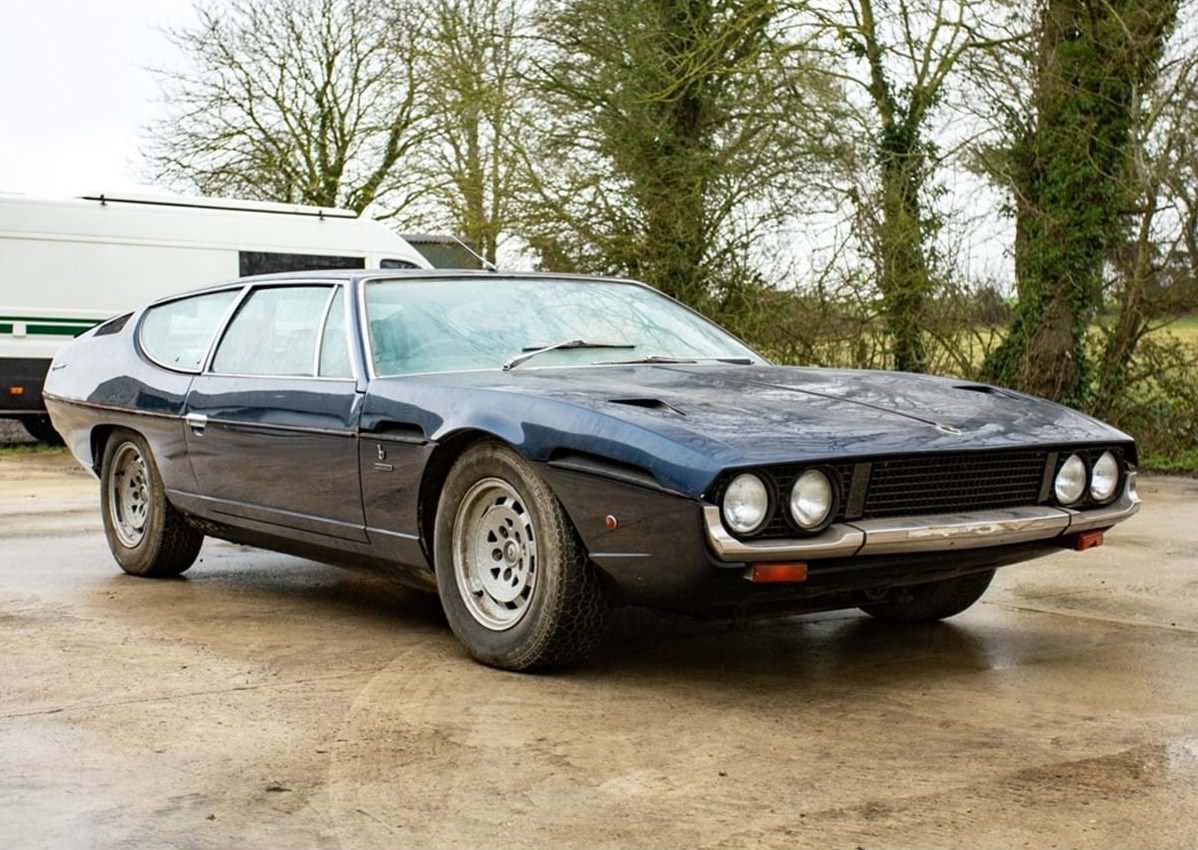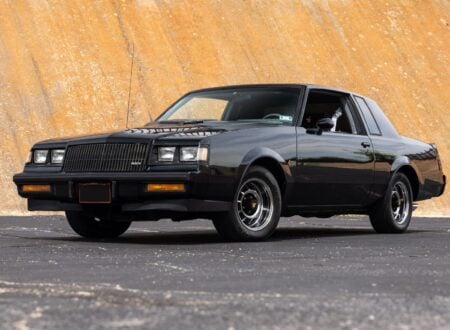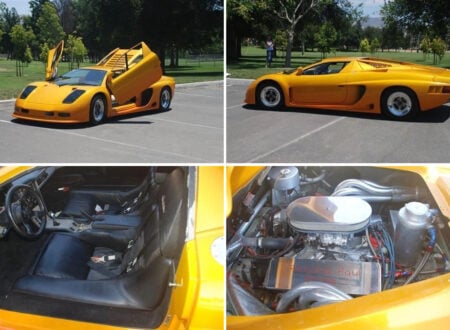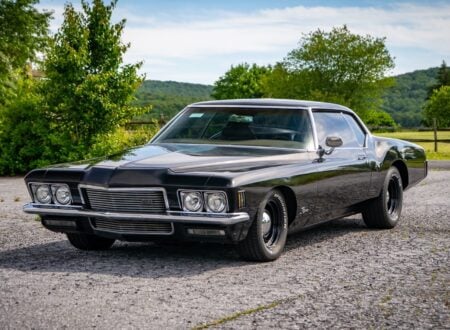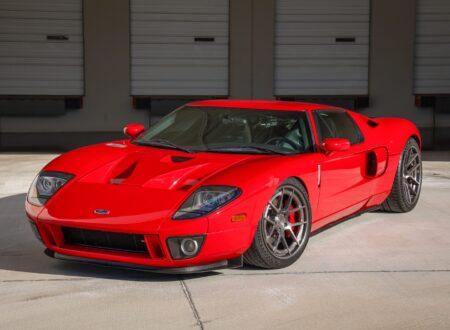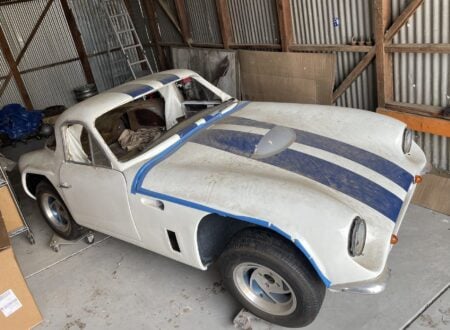This is a Series III 1973 Lamborghini Espada project car, it appears to be complete including the 3.9 liter V12, and it’s now looking for a new owner to give it the restoration it needs.
Approximately 1,227 examples of the Espada were built, of these 130 were right hand drive like the car shown here. The unusual styling of the Espada has always been an acquired taste, but it was undeniably one of the most practical luxury GT cars of its age.
Fast Facts – The Lamborghini Espada
- The Lamborghini Espada, designed by Marcello Gandini at Bertone, was unveiled in 1968. It was developed as a luxurious four-seat grand tourer, featuring a distinctive long, low profile and a fastback silhouette, embodying Lamborghini’s ambition to merge high-performance with comfort, style, and room for four adults.
- The Espada was produced from 1968 to 1978, becoming one of Lamborghini’s most successful model in terms of units sold up until that point in history, with a total of 1,227 cars manufactured over its decade-long production run.
- The Espada was updated in three major iterations, known as Series I, II, and III, each introducing improvements in interior styling, features, engine power, and some minor bodywork revisions.
- The car you see here is a 1973 Lamborghini Espada Series III that is currently being offered for sale as a project car needing a full restoration. The price guide starts at £20,000 or $25,300 USD, and it has 19,011 miles on the odometer.
Building A “Practical” Lamborghini
The Lamborghini Espada was developed from the outset to be the most practical Lamborghini that had been made up until that point in history. It would arguably remain the only (really) practical Lamborghini until the release of the Lamborghini Urus in 2017.
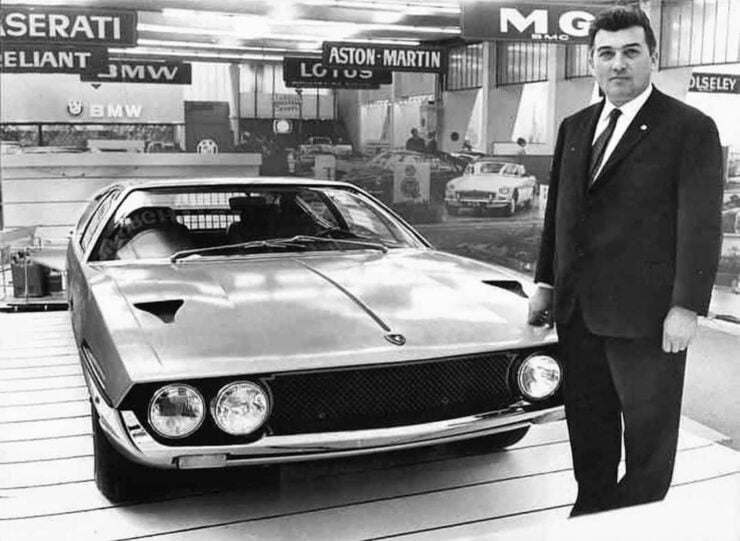

The Espada was designed by Marcello Gandini at Bertone, inarguably one of the all time greats and the man who penned the Lamborghini Miura, Lamborghini Countach, Alfa Romeo Montreal, Lancia Stratos, Iso Grifo, Cizeta-Moroder V16T, Fiat X1/9, and countless others.
The design of the Espada was closely related to two of Gandini’s earlier show cars, the Lamborghini Marzal and the Bertone Pirana. Ferruccio Lamborghini had personally started the Espada project to create an actual four-seater, not just a 2+2 with small rear seats only really suitable for children or adults for short trips.
“The Rolls-Royce is a good car. It is quiet and comfortable and quite fast, but it is too upright and stodgy. In Italy we need a car with every luxury for those who want to travel far and fast and can afford it. But it must have style and it must be beautiful. That is even more important than convenience.” – Ferruccio Lamborghini
Gandini’s design was a car with a long nose and a long rear roofline, almost a shooting brake in its proportions. It had a hatchback rear offering access to a deep trunk area that could accommodate 280 liters (10 cubic feet) of luggage without blocking the driver’s rear vision.
The front and rear seats were opulently trimmed and ideal for long drives across the Continent, though getting into the rear seats was a little finicky, requiring the front seat to be leant forward.
Ferruccio Lamborghini’s gut instinct about the viability of a four-seat Lamborghini had been dead on. It became the best-selling model the company had ever released up until that point in history. It wouldn’t be until later in the production of the Countach in the 1980s that the Espada’s sales figures would be usurped.
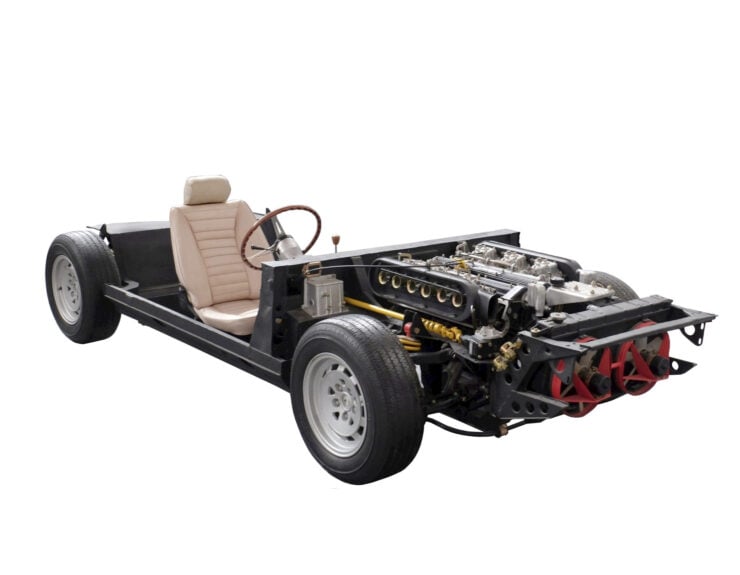

The unusual design of the Espada hasn’t always held wide appeal, and for many years it had been one of the less expensive vintage Lamborghinis on the classic car market. This does seem to be slowly changing as more people discover the timeless Gandini design, and the practicality of the layout.
The 1973 Lamborghini Espada Shown Here
The car you see here is a 1973 Lamborghini Espada, making it a Series III model. The Series III would be the final iteration of the Espada, and as a result it was the most “evolved,” incorporating all the improvements made over the Series I and Series II generations.
The Series II had some interior design revisions to bring all the controls within easier reach of the driver, it also had new alloy wheels with five-stud hubs rather than the earlier knock-off hubs. The car was also given slightly wider tires and some very minor exterior changes were applied – including an optional sunroof.
Air-conditioning and power steering were standard for the Series III, from 1974 onwards a Chrysler Torqueflite 3-speed automatic transmission became an option, and later cars were given larger impact bumpers and additional emissions equipment to meet US regulations.
This car is said to have received a full engine rebuild and body restoration in 1997 worth approximately £42,000, however the invoices for this have been lost. The car does appear to be okerwehlimgly complete including the body, engine, transmission, and interior, though from the images it’s clear that it will need a comprehensive restoration before any driving is attempted.
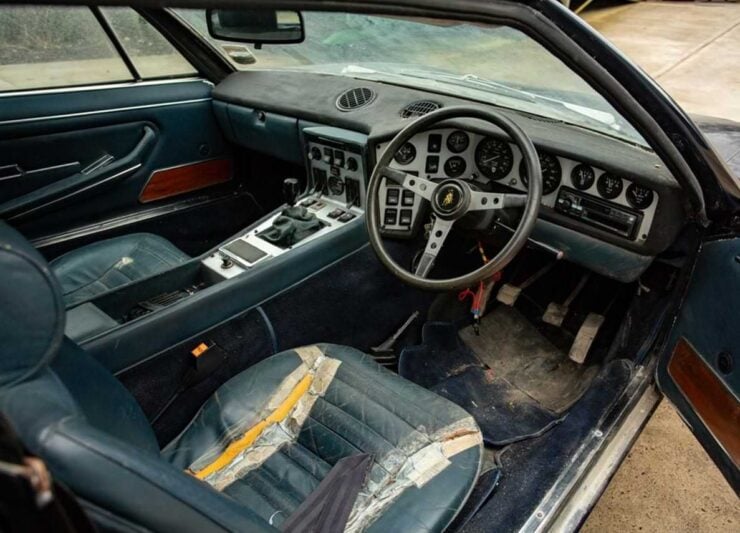

This vehicle has reportedly been in secure dry storage since 2006, the date of its last tax disc, and it’s showing a relatively low 19,011 miles on the odometer.
It’s now being offered for auction by Historics Auctioneers as part of their Ascot Racecourse Sale on the 2nd of March. The price guide is £20,000 – £30,000, which works out to approximately $25,300 – $38,200 USD. If you’d like to read more about it or register to bid you can visit the listing here.
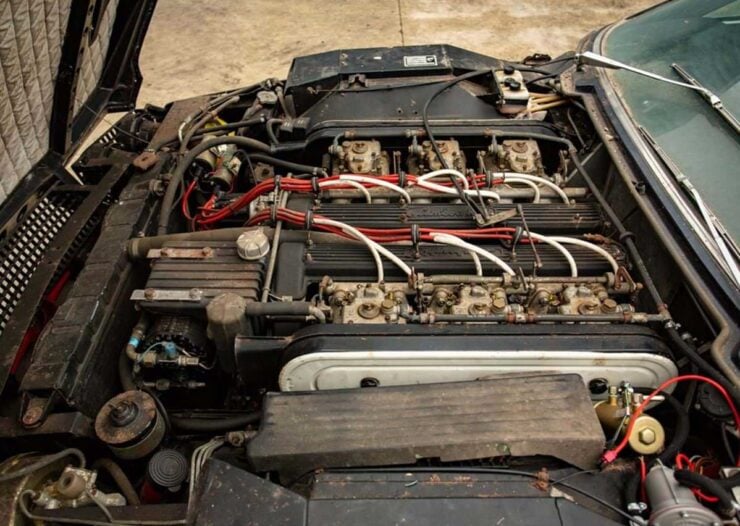
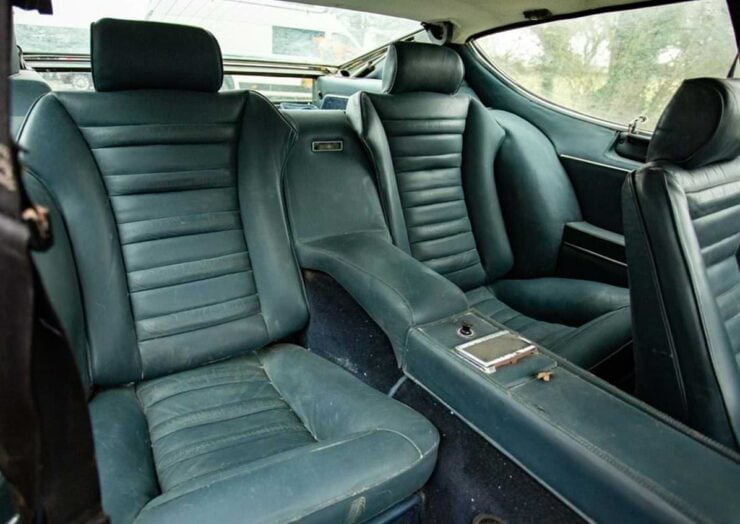
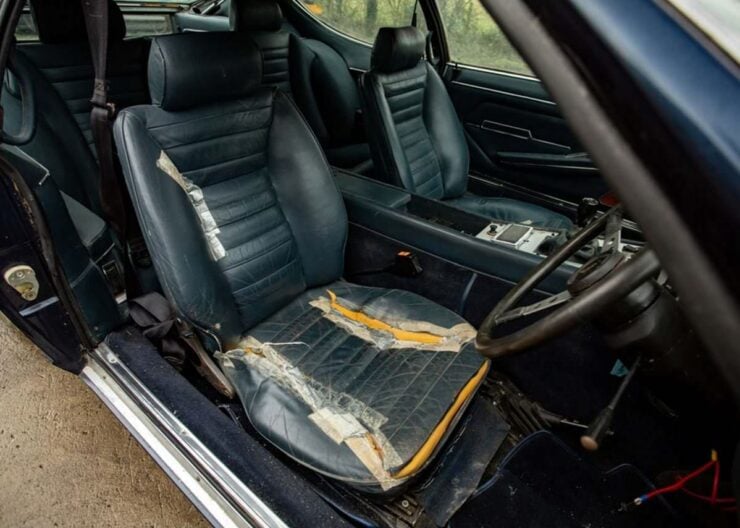
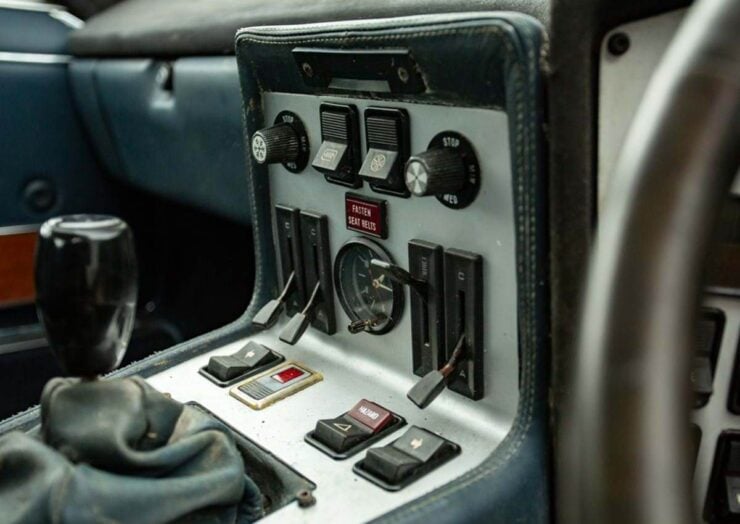
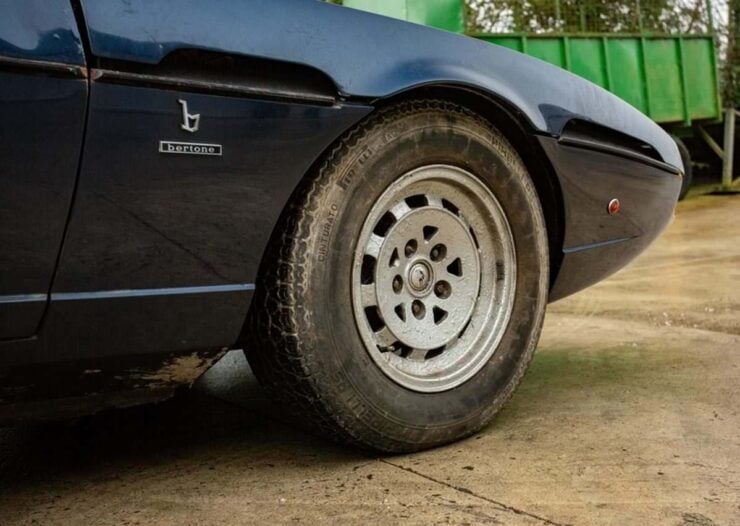

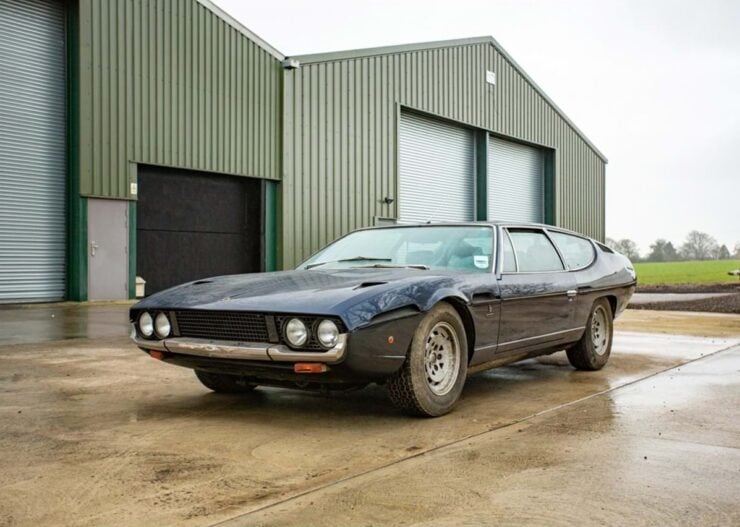
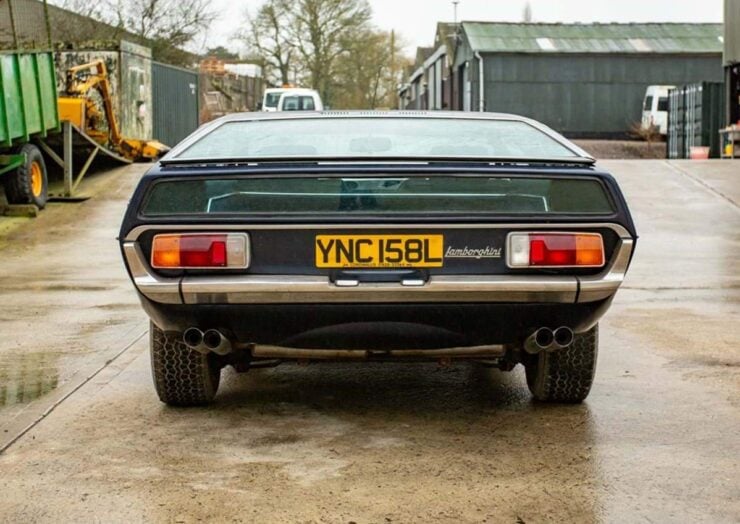
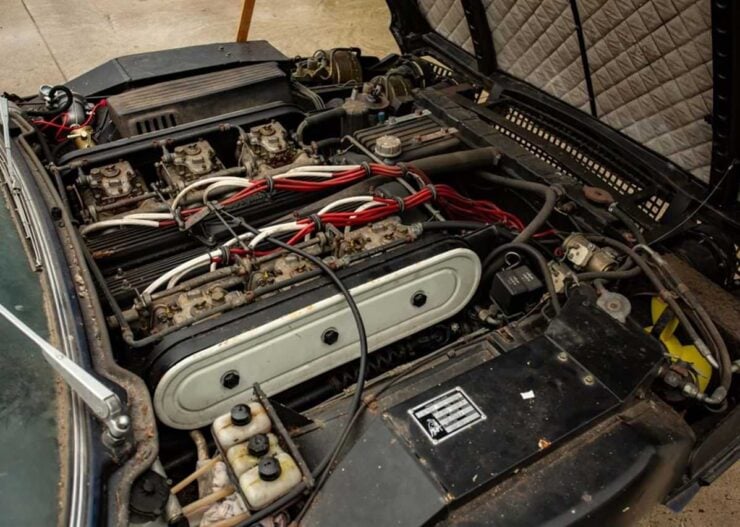
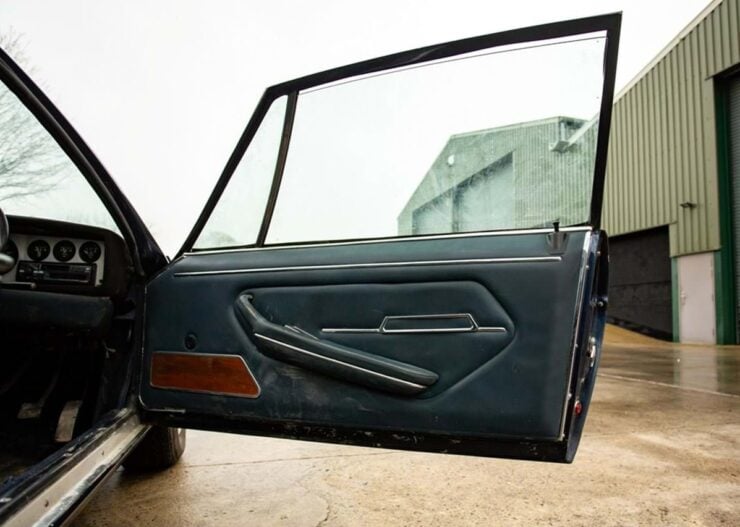
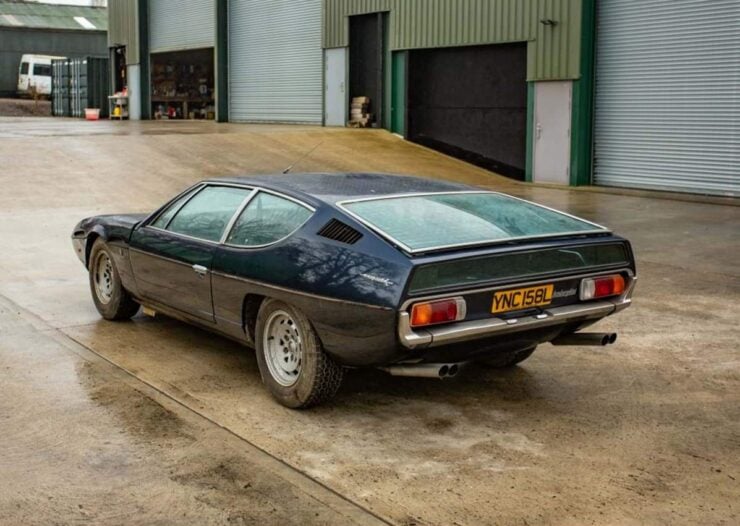
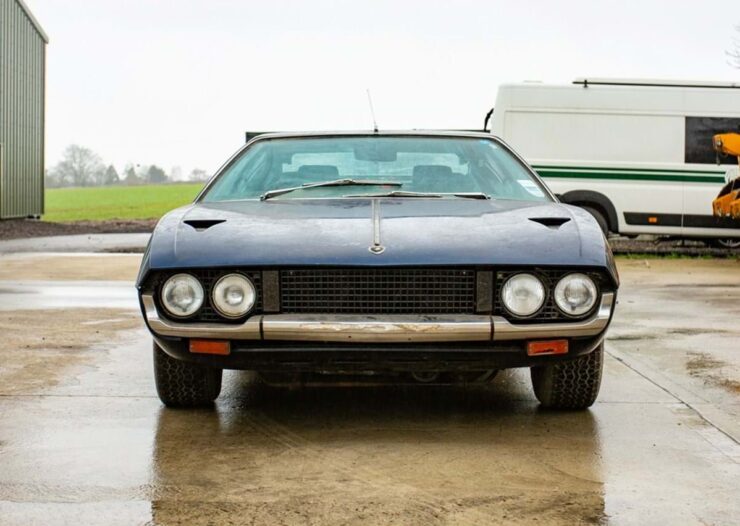
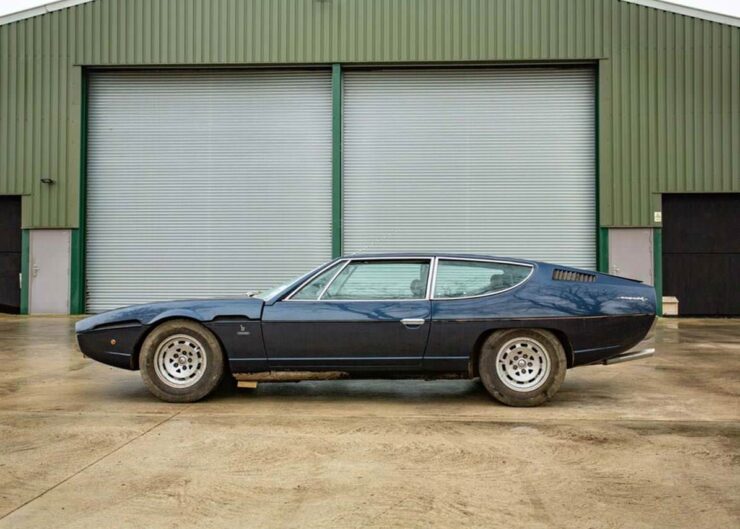
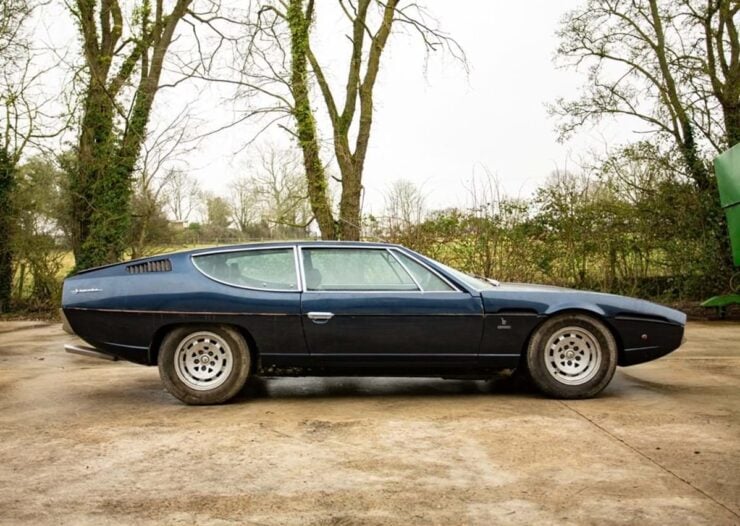
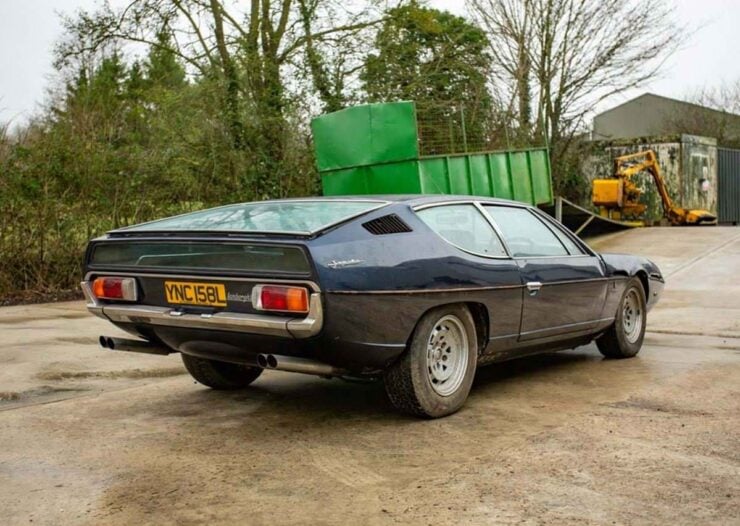
Images courtesy of Historics Auctioneers

